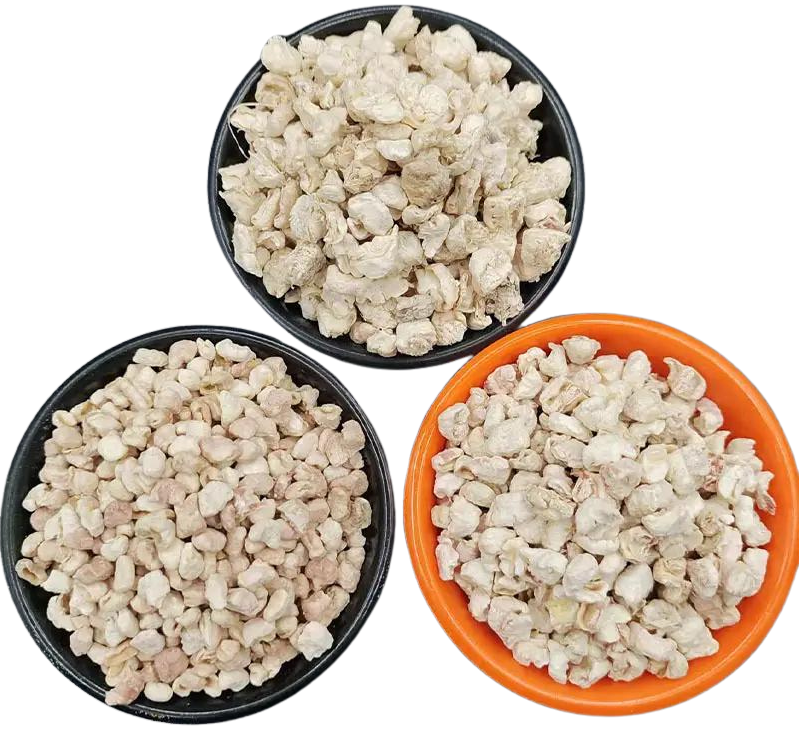
Exploring the Properties and Uses of Quartz and Sand in Various Industries
The Beauty and Versatility of Quartz and Sand
Quartz and sand are two closely related materials that play a critical role in various aspects of our daily lives, industry, and the natural environment. Their abundance, versatility, and unique properties make them essential components in a multitude of applications, from construction to electronics.
Understanding Quartz
Quartz is one of the most abundant minerals in the Earth’s crust, composed primarily of silicon dioxide (SiO2). It crystallizes in various forms and can occur in many colors, ranging from clear to milky white to vibrant hues like amethyst and citrine. This widespread mineral is not only admired for its beauty but also revered for its physical properties, including its hardness (7 on the Mohs scale) and resistance to weathering. These characteristics make quartz an ideal choice for decorative stones, countertops, and jewelry.
As a major component of granite, quartz plays a significant role in the geological processes that shape our planet. It forms as a result of magmatic processes, metamorphic activities, and sedimentary environments. When it weathers, quartz resists breaking down, contributing to the formation of sandy soils and sandy beaches.
The Significance of Sand
Sand, a naturally occurring granular material composed of finely divided rock and mineral particles, is largely made up of quartz grains. When rocks break down, often due to their exposure to wind, water, and ice, they form sand. This process of erosion results in the creation of sandy landscapes, including deserts, riverbanks, and beaches.
Sand is classified by its grain size and composition. While quartz is the most common mineral found in sand, other minerals, such as feldspar, mica, and magnetite, can also be present. The properties of sand—such as its composition, size, and distribution—affect its behavior in various applications. For instance, fine sand is used in making glass, while coarser sand is ideal for construction purposes, including concrete production.
quartz and sand

Industrial Applications
The industrial applications of quartz and sand are vast. Both materials are integral in the manufacturing of glass. Since glass requires silica as a primary ingredient, high-purity quartz sand is essential. The construction industry also relies heavily on sand; it is used in concrete, asphalt, mortar, and other building materials, which makes it crucial for infrastructure development.
In addition to construction and manufacturing, quartz has valuable uses in technology. High-purity quartz is necessary for producing semiconductors and photovoltaic solar cells. Its unique electrical and thermal properties make it an excellent material for various electronic applications, including oscillators and capacitors.
Environmental Impact and Sustainability
While quartz and sand are widely used, their extraction and use can pose environmental challenges. Sand mining, particularly from riverbeds and coastal areas, can lead to habitat destruction, increased erosion, and altered ecosystems. Therefore, sustainable practices are crucial in the management of these resources. Alternatives such as recycled materials and engineered aggregates are being explored to minimize the environmental impact associated with sand extraction.
Conclusion
Quartz and sand are more than mere geological formations; they are vital resources that contribute significantly to our economy and daily lives. Their versatility makes them indispensable in construction, technology, and design. As we continue to innovate and discover new applications, the importance of quartz and sand will only grow. However, it is essential to approach their use with a commitment to sustainability, ensuring that these precious resources remain for future generations. Understanding the balance between utilization and preservation is key to thriving in harmony with our natural surroundings.
Share
-
Premium Glass Sand Solutions | High Purity SupplyNewsAug.03,2025
-
Premium Talcum Powder Enhanced with GPT-4 Turbo | Soft & Long-LastingNewsAug.02,2025
-
Fly Ash Solutions Enhanced by GPT-4 Turbo | Sustainable InnovationNewsAug.01,2025
-
Natural Premium Bentonite Cat Litter - Superior ClumpingNewsJul.31,2025
-
Premium Resin Coated Sand - High Heat Resistance CastingNewsJul.31,2025
-
High Quality Silicon Carbide Grit for Abrasive ApplicationsNewsJul.30,2025






